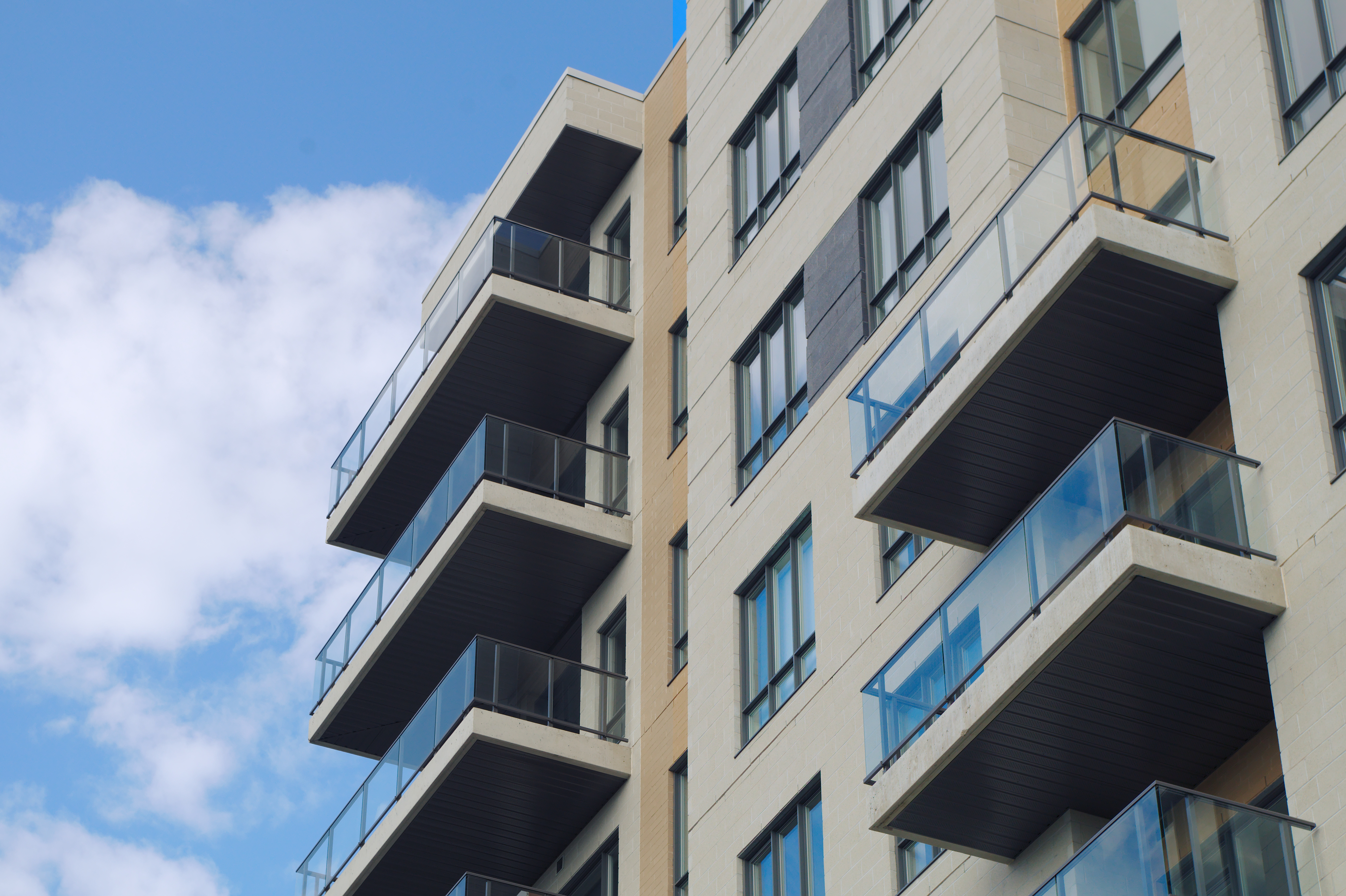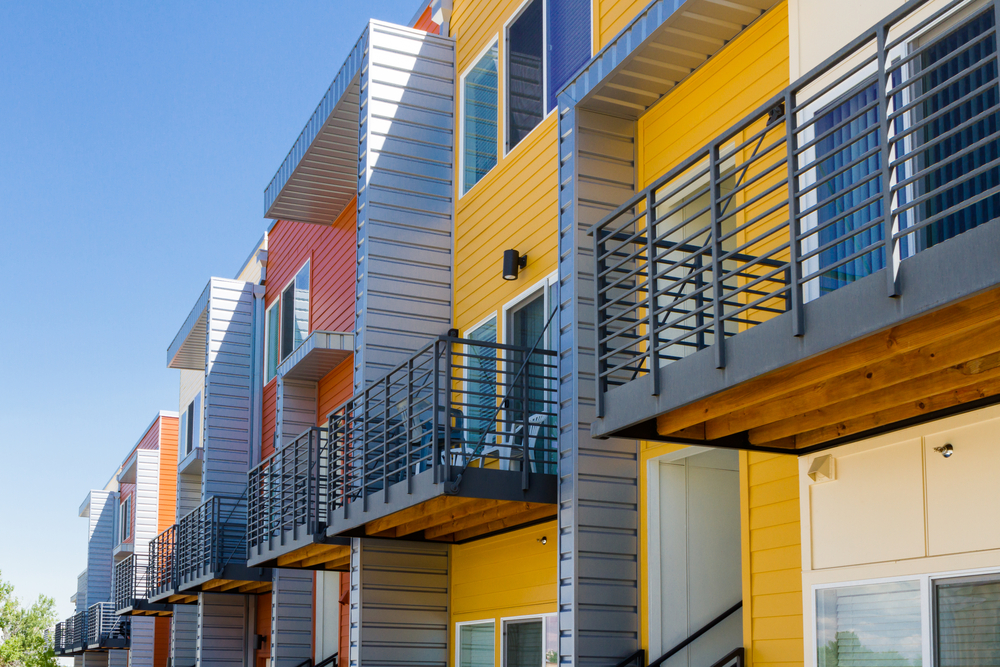
A Luxury Apartment Rises in a Poor Neighborhood. What Happens Next?

Emily Badger with The New York Times reports on new research that suggests new development may help drive down rents.
Taken together, their findings suggest that new housing can ease rising rents in other buildings close by. But their verdict is mixed on whether lower-income renters directly benefit from new supply, too.
The kinds of buildings these studies describe — market-rate developments of 50 units or more — now account for a majority of new apartment construction. And new apartments today overwhelmingly target higher-income renters. The median rent for a new unit is now $1,620 a month, 78 percent higher than the median rent nationwide, according to the Harvard Joint Center for Housing Studies (the gulf between those figures has been widening).
These buildings also tend to be the most visible in neighborhood housing fights.
“Renters don’t like new high-rises because they see new high-rises and rents going up at the same time,” said Xiaodi Li, a doctoral fellow at the N.Y.U. Furman Center who has studied the effect of new housing in New York City.
Neighbors may assume that the high-rises cause the high rents. That’s plausible if new buildings attract much wealthier residents, who in turn attract higher-end amenities that make a neighborhood more desirable.
“The key question here,” Ms. Li said, “is what’s the net effect?”
She finds in New York that new buildings do attract more restaurants and cafes nearby. But she concludes that any effect those amenities have pushing up local rents is swamped by the power of new supply to push rents down. On net, she finds, for every 10 percent increase in housing supply, rents for properties within 500 feet drop by 1 percent, relative to other high-demand areas.
Read more here.





